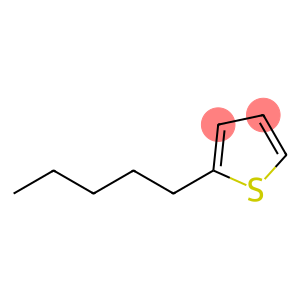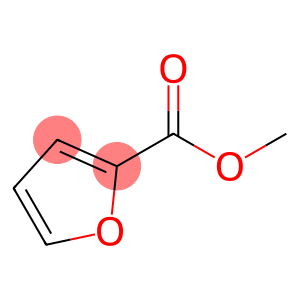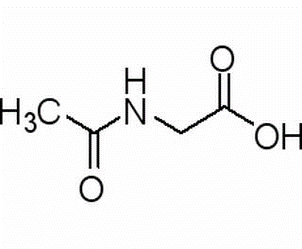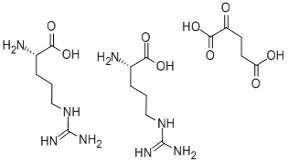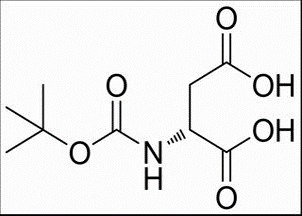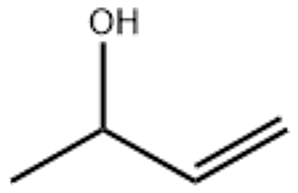2-Pentyl thiophene(CAS#4861-58-9)
| Risk Codes | R10 – Flammable R20/21/22 – Harmful by inhalation, in contact with skin and if swallowed. R36/37/38 – Irritating to eyes, respiratory system and skin. R22 – Harmful if swallowed |
| Safety Description | S16 – Keep away from sources of ignition. S23 – Do not breathe vapour. S26 – In case of contact with eyes, rinse immediately with plenty of water and seek medical advice. S36 – Wear suitable protective clothing. S35 – This material and its container must be disposed of in a safe way. S3/9/49 - S43 – In case of fire use … (there follows the type of fire-fighting equipment to be used.) |
| UN IDs | 1993 |
| TSCA | Yes |
| HS Code | 38220090 |
| Hazard Note | Harmful/Irritant |
| Packing Group | III |
Introduction
2-pentylthiophene is an organic compound with a structure with sulfur and aromatic rings. The following is an introduction to the properties, uses, preparation methods and safety information of 2-n-pentylthiophene:
Quality:
- Appearance: 2-n-pentylthiophene is a colorless to yellowish liquid.
- Solubility: 2-n-pentylthiophene is soluble in some organic solvents (such as ethanol, dimethylformamide, etc.).
Use:
- Electronic materials: 2-n-pentylthiophene can be used as a precursor in organic synthesis for the preparation of organic thin-film solar cells, field-effect transistors, and other organic electronic devices.
Method:
- 2-n-n-pentylthiophene can be obtained by reacting 2-bromoethionone with n-amyl alcohol under alkaline conditions and then by dehydration.
Safety Information:
- 2-n-n-pentylthiophene may be irritating to the eyes and skin and should be avoided when in contact. Appropriate personal protective equipment, including gloves and safety glasses, should be worn during use.
- When inhaled or ingested, it can be harmful to humans.
- When disposing of waste, please comply with relevant local laws and regulations, and dispose of it according to appropriate methods and equipment to ensure safety and environmental protection.


